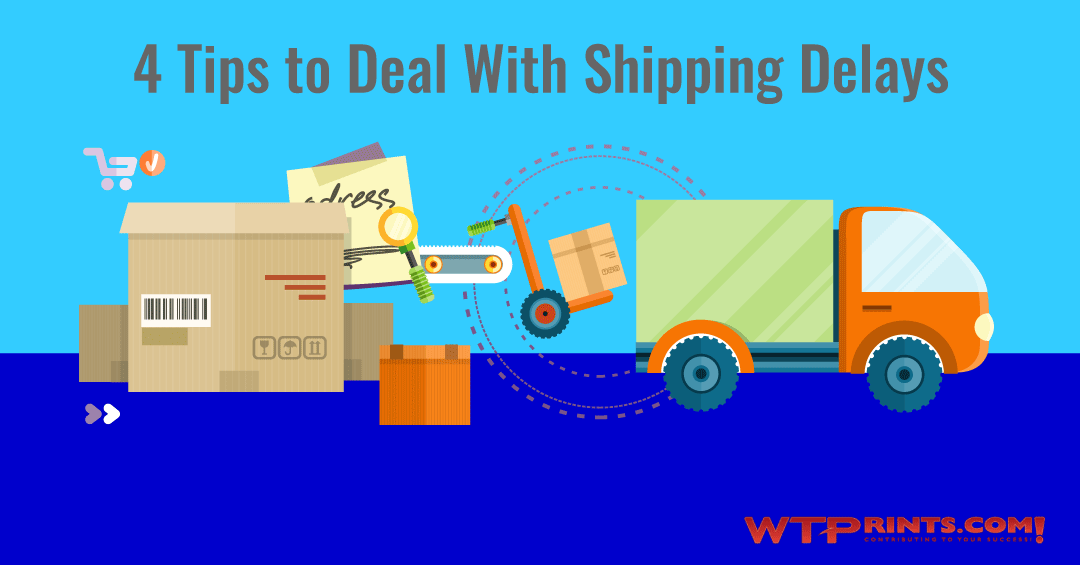We recently talked about the proactive steps we’ve taken, and that you can implement, to counteract shortages and delays from critical vendors.
If you missed them, here are:
2 Tips to Prevent Late Deliveries of Your Print Jobs and
Paper Shortages in the Printing Industry - a Plan for On-Time Job Completion.
Another major ongoing factor is the transit time at the major shipping and delivery companies.
For example, regular ground shipping throughout California used to be a next-day event. Today, it’s typically two days, and it doesn’t seem to be getting any better.
Although it might feel like there is nothing we can do to control what shipping companies are doing, there are a few tactics that businesses are using today to minimize logistical problems.
4 Tips to Deal With Print Industry Shipping Delays

Here are a few logistics tips to get you thinking.
1 – Be proactive with your shippers.
As with our other vendors, we only work with top notch shipping and delivery services. We stay in close touch with them so that whenever possible, they’ll give us advance warning of possible delays or problems.
Get to know your shipping company reps and talk to them regularly. A good rep can give you inside information to help you reduce shipping costs and transit times.
And alerting a customer in advance of a problem is far better than going to them after the fact.
2 – Offer free shipping.
Yes, it sounds counter-intuitive. However, free shipping lowers customer expectations from the start. They expect less from a free service.
For example, you could offer free 5 day shipping, or whatever makes sense for your shipping area and carriers. Then you can charge appropriately for faster shipping times.
3 – Use a bonded freight broker.
Good freight brokers have a network of carriers that they work with every day. They often specialize in geographic regions or industries which can reduce transit times.
Because they do high volumes of shipping, they get better discounts than most small companies who are shipping on their own.
4 – Where possible, make sure your clients have access to real time tracking of their shipments.
Often, a client just wants to know where their package is, without having to call or email you or a third party.
Without this info, their anxiety and frustration levels rise. Ultimately, they’ll express their dissatisfaction with you and not the shipping company.
It’s easy enough to email tracking numbers from major shippers like FedEx and UPS when a shipment is created. This can also be automated on many ecommerce platforms.
For high volume shippers, there are also tracking management platforms, such as LateShipment.com (no affiliation.) They connect all your carriers, ecommerce platforms and order management systems in one place and automatically notify customers via email and/or text.
Get More Commercial Printing Business Tips Here